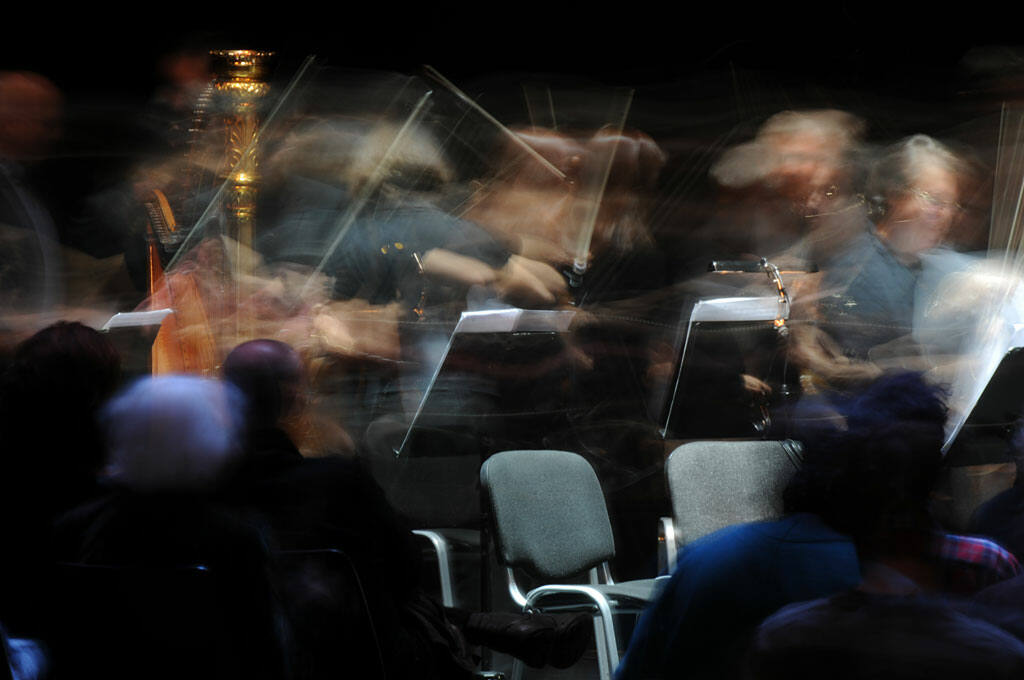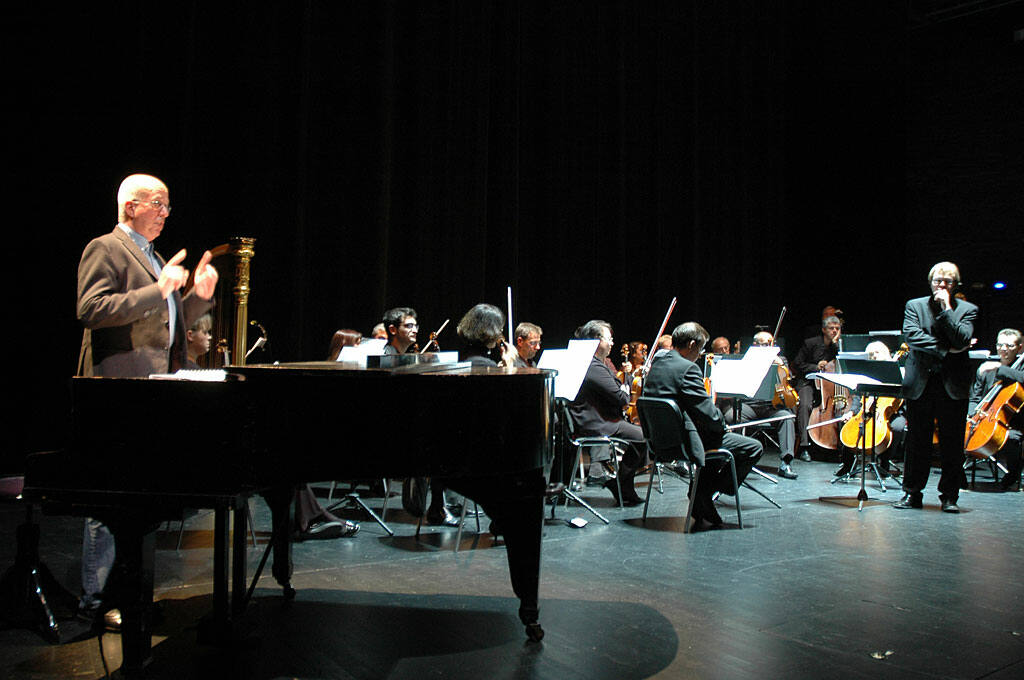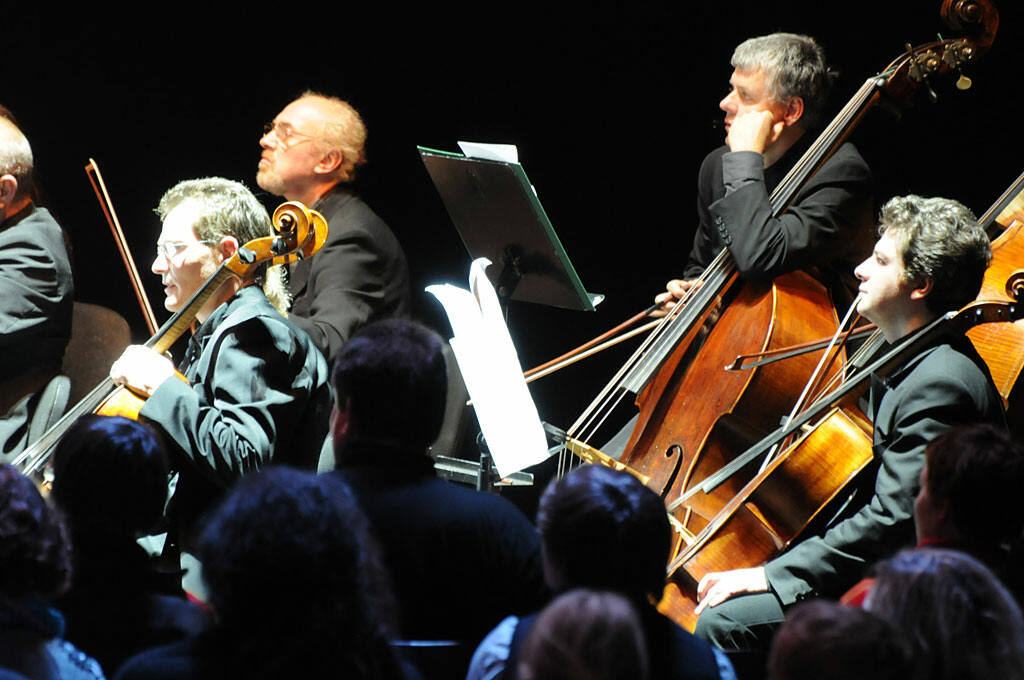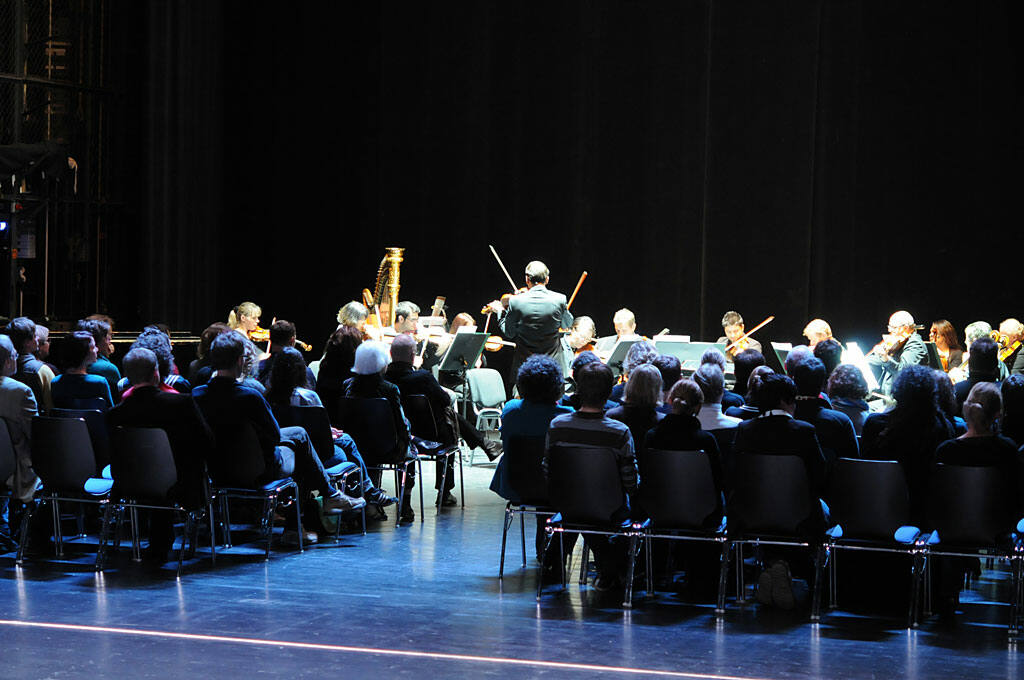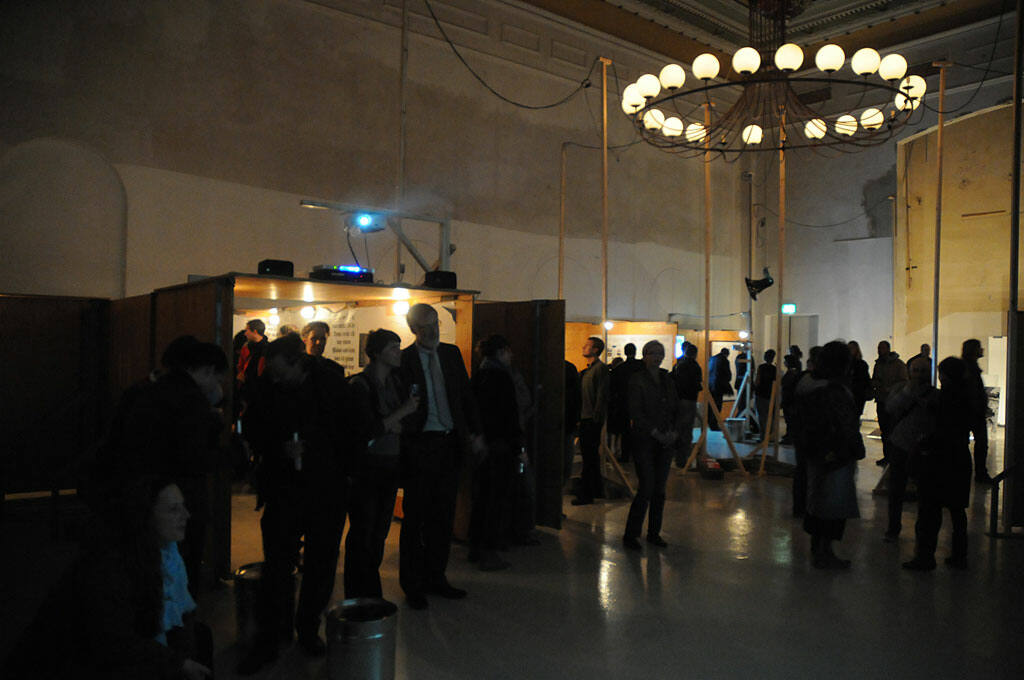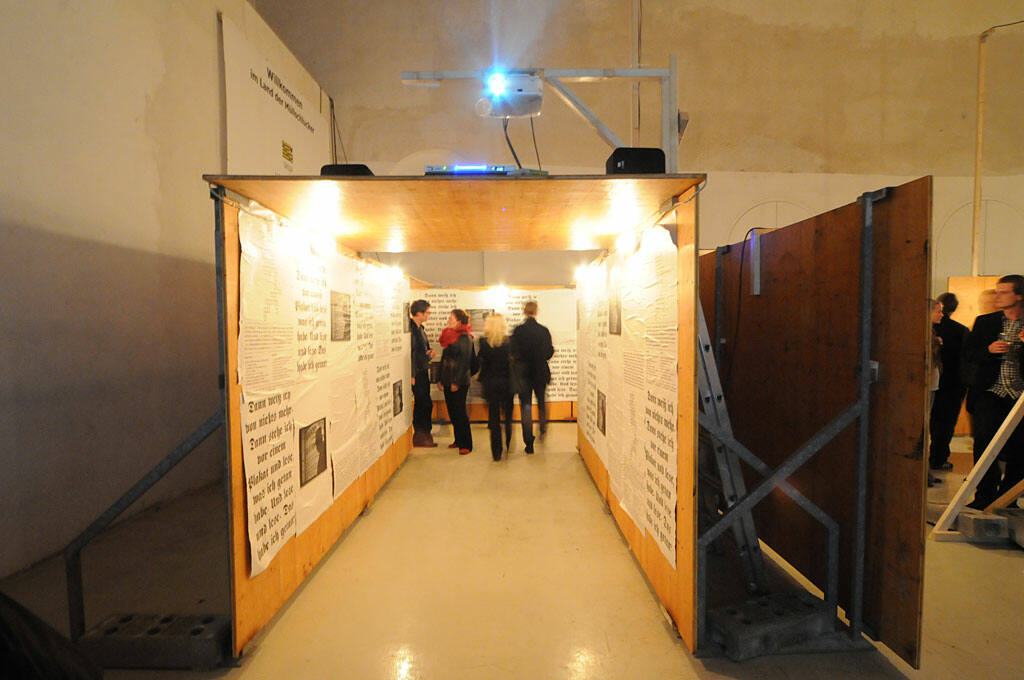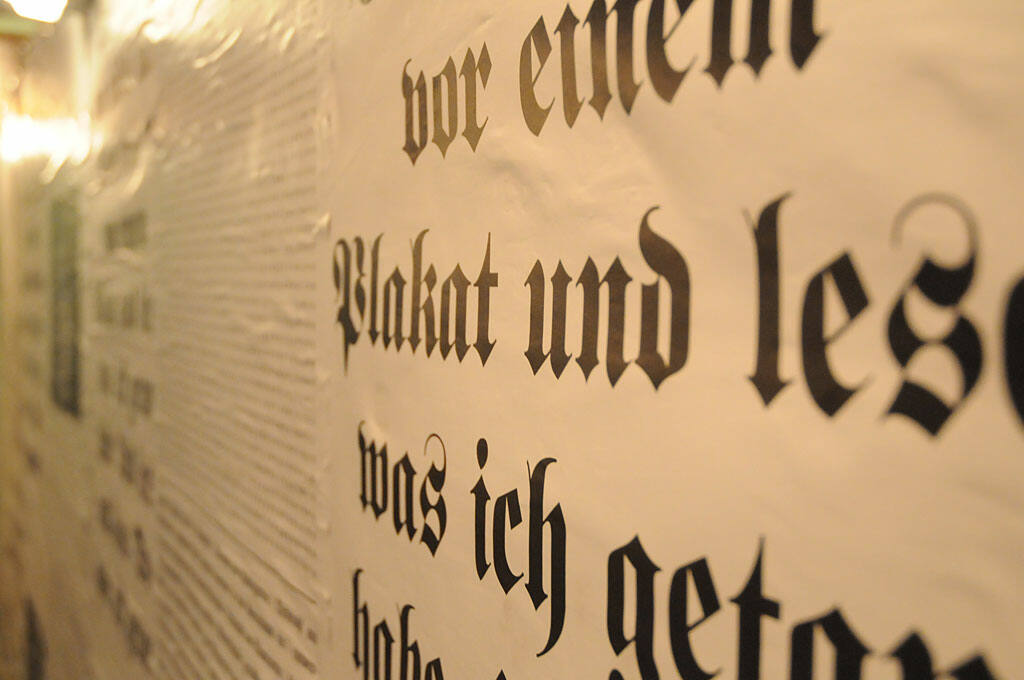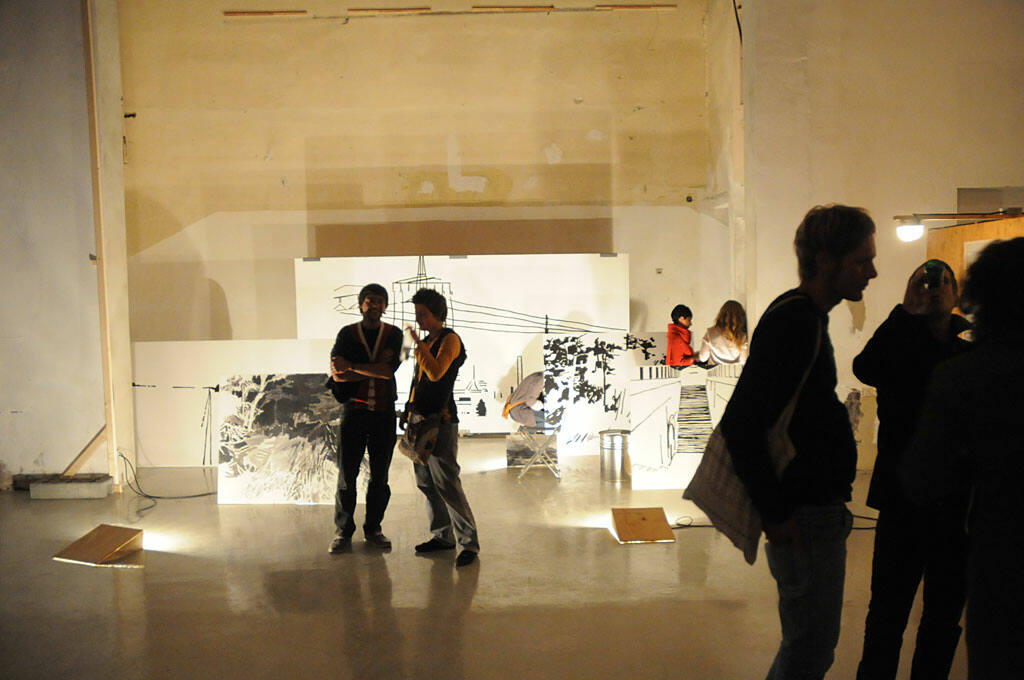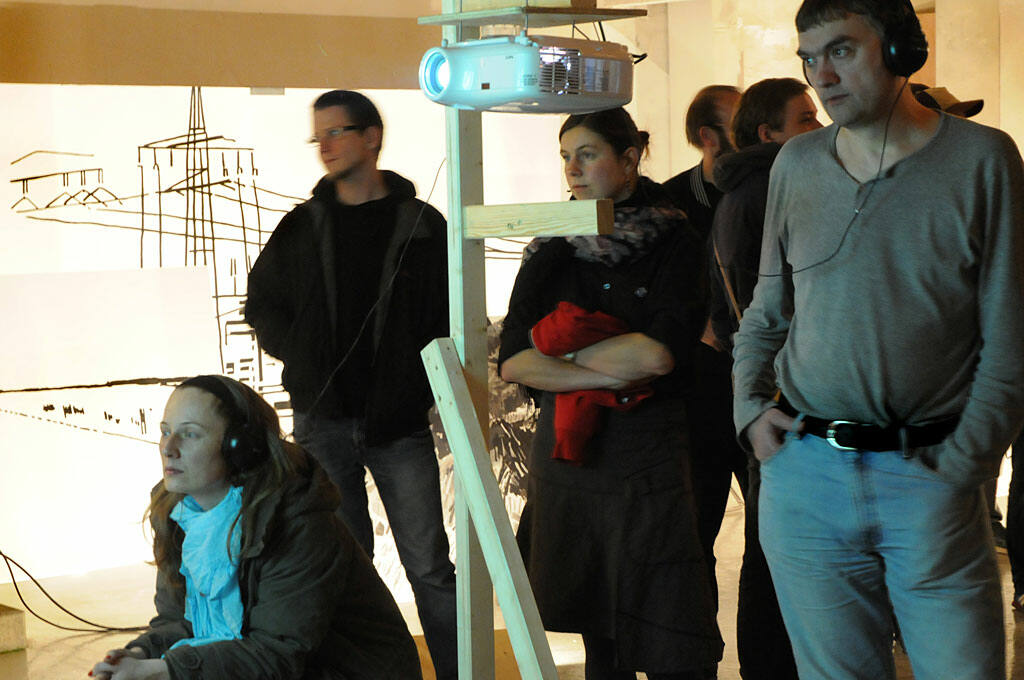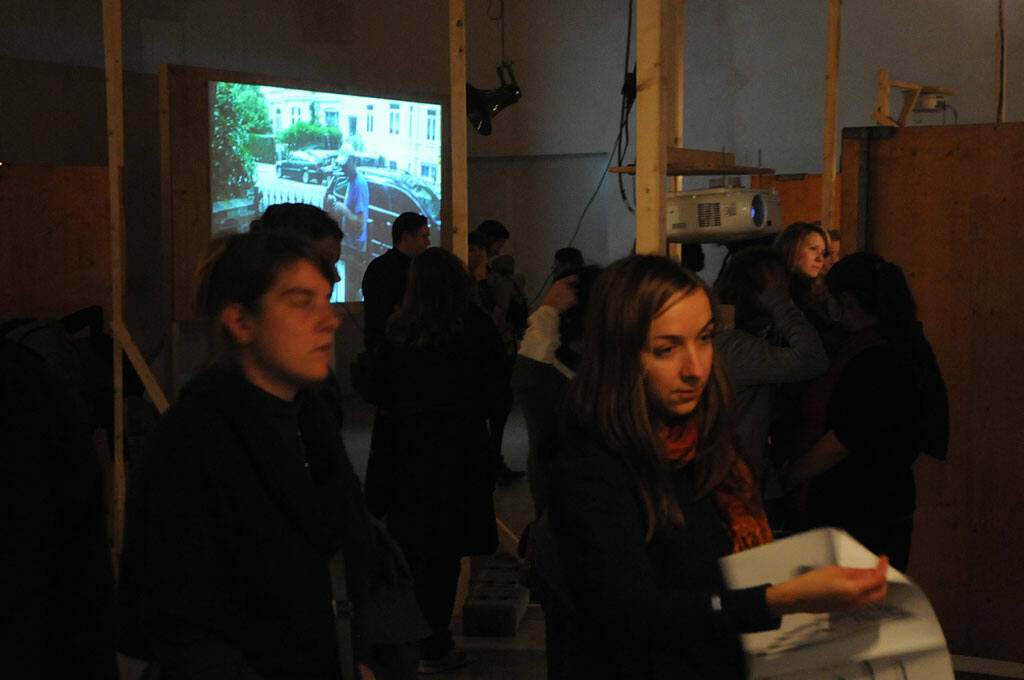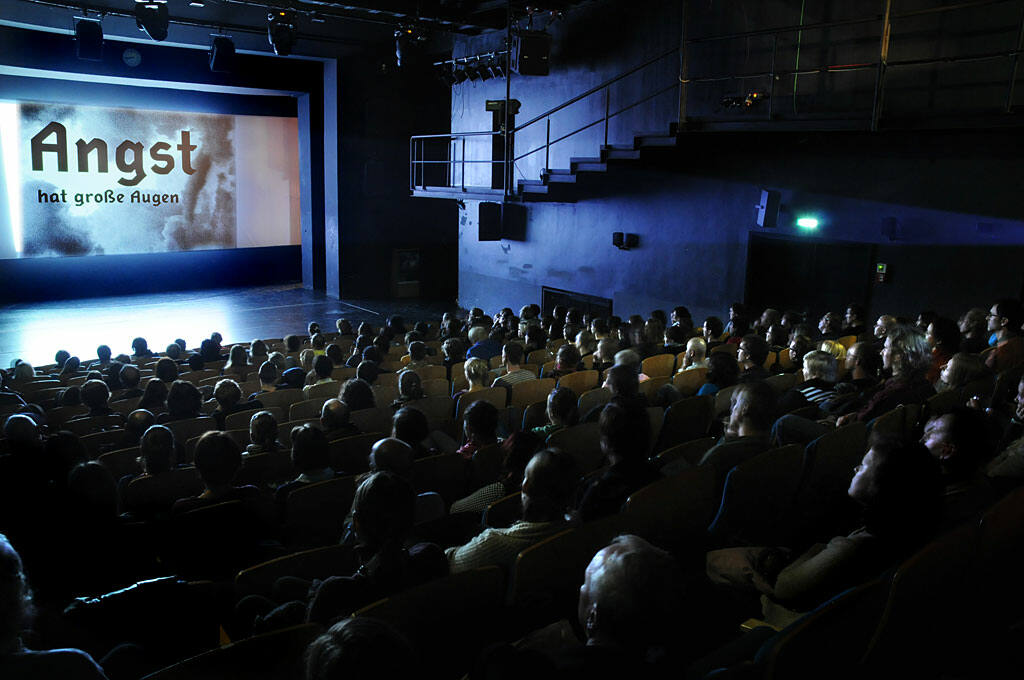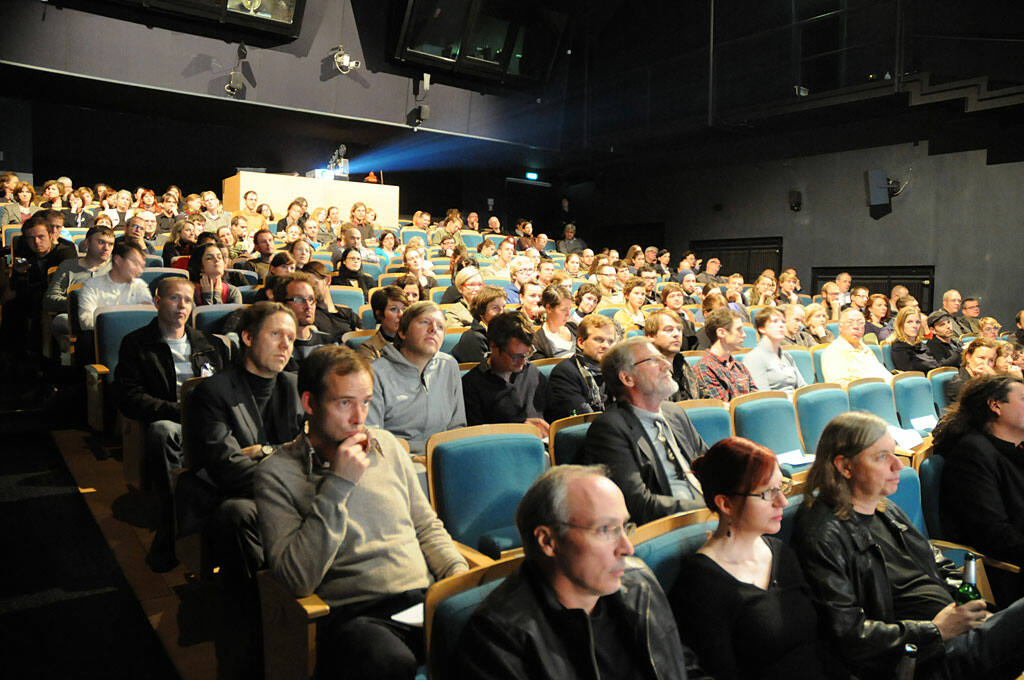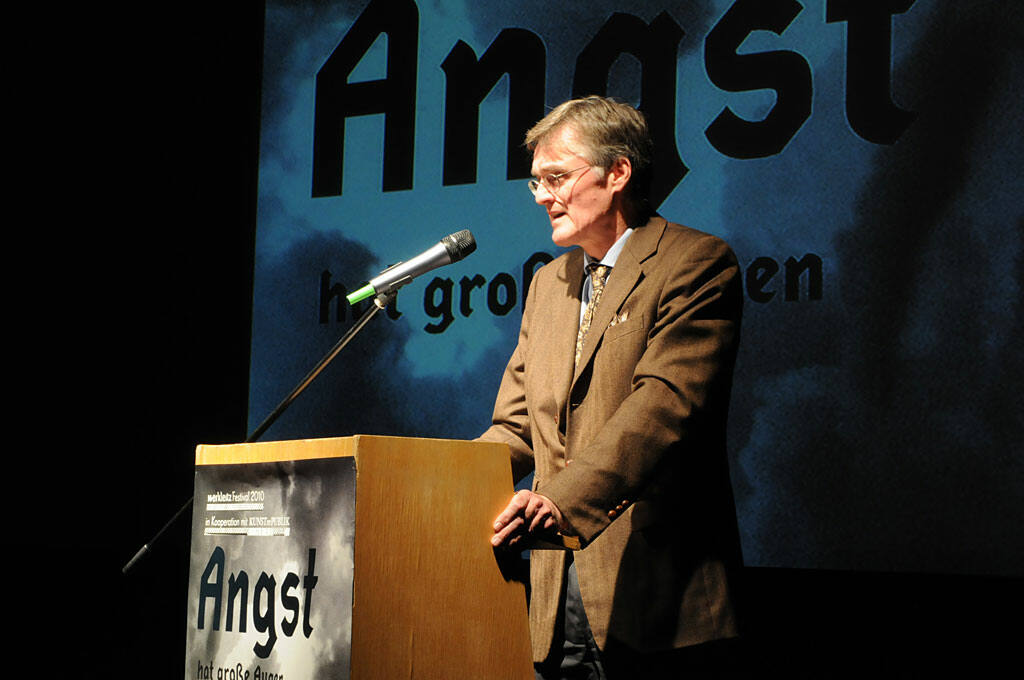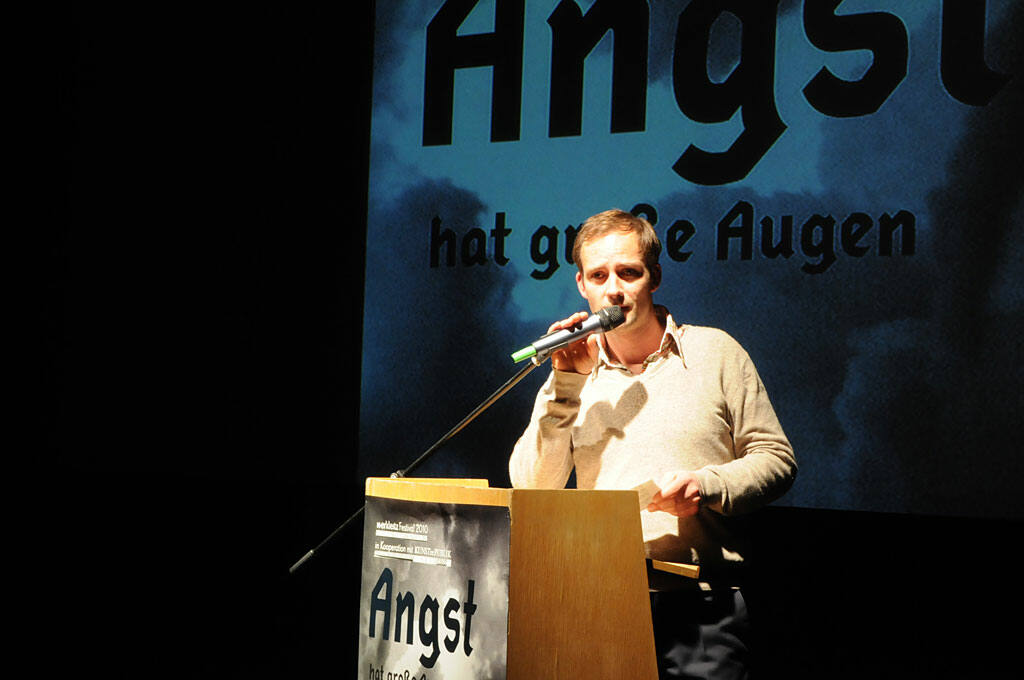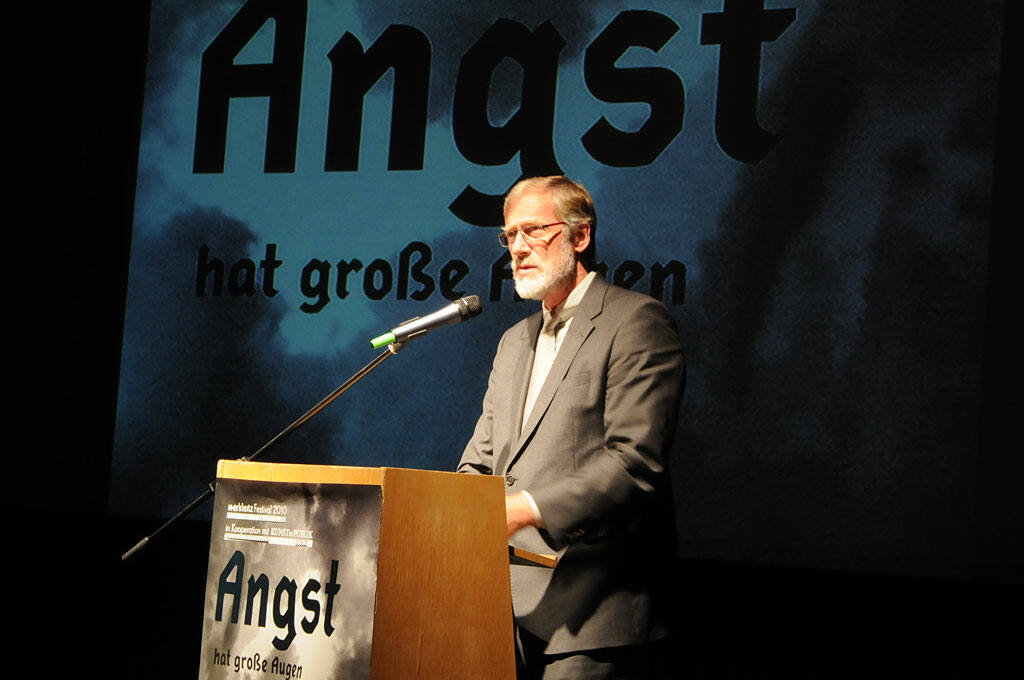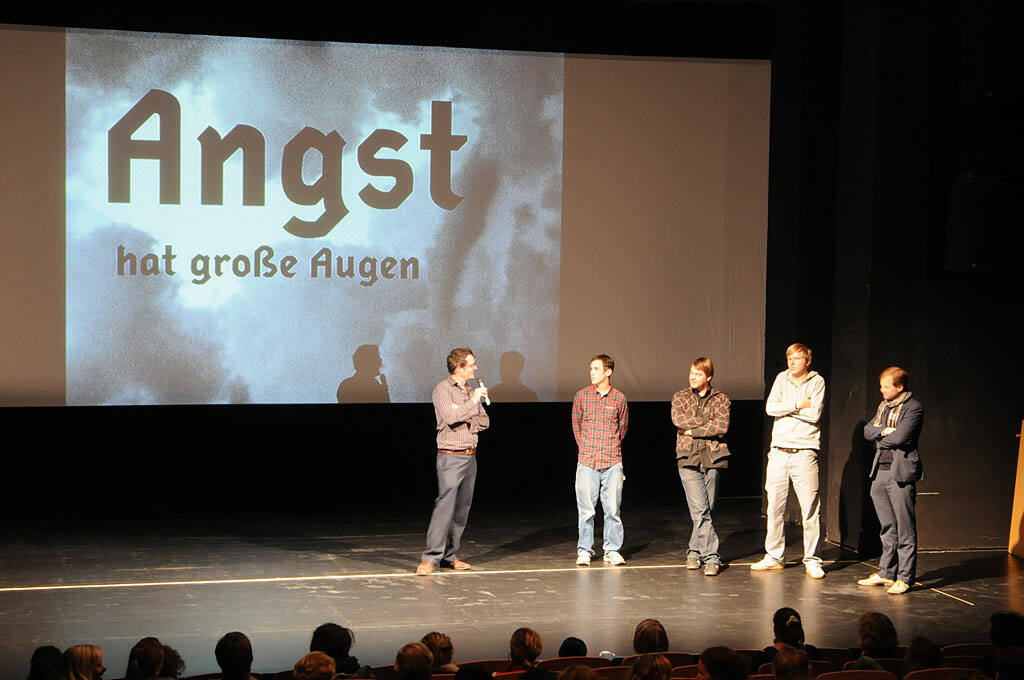Werkleitz Festival 2010
Fear Has Big Eyes
Personen
Media
Wide-eyed Society
“The twentieth century is the century of fear”, wrote Albert Camus in 1946.1 The terror of two World Wars had already etched itself deeply into collective memory and continued to feed fears that the future might well have worse in store. In fact, dread of a new, now atomic disaster, remained widespread until the end of the Cold War.2 Yet even the lengthy era of peace in Europe, the never before seen prosperity and the relatively smooth functioning of European democracies apparently did little to shake the foundations of fear. Be it migration, the “oil price shock”, contaminated food chains, forest dieback, Chernobyl, economic rationalisation, unemployment, globalisation, state surveillance, terrorism, global warming, swine flu, avian flu, “mad cow disease”, the financial crash, the Euro crisis, or demographic forecasts of the imminent extinction of European populations, every year seems to herald an onslaught of new apocalyptic scenarios. Some, such as the Millennium Bug, proved extremely successful in media terms; others – warnings about the final, fatal impact of a cruising comet, for example – were relegated to the footnotes of history. It isn’t easy for an individual to gauge the true measure of these threats writ large: scientific forecasts tend on the whole to be contradictory, and not easily verifiable by a layperson. Fear is also an effective means to manipulate people. Whether it’s a matter of more stringent legislation on security, more effective environmental measures, greater public willingness to make donations or achieve higher output, social groups from government ministries to political parties, financial syndicates to NGOs are not above painting gloomy prospects in order to further their specific interests.3The mass media help disseminate fearful scenarios. Fear sells papers, so“bad news is good news”.Then again, environmental groups in particular are afraid of people becoming too used to fear: the end of the world has been predicted repeatedly, and one can cry wolf once too often.
The title of the Werkleitz Festival, Fear Has Big Eyes, is a proverb of Slavic origin and refers to a major physiological reaction to fear. Enlarged pupils and heightened sensory perception accelerate the flow of relevant information to a person’s mind in order that he might take adequate action when faced with a life-threatening menace. Simultaneously his muscular tension and blood pressure rise, his pulse and breathing quicken – he prepares for flight or fight. Yet, reactions that were once of existential importance are of little use in the modern world. On the contrary, whoever displays fear today during a job interview, for example, has actually already lost. He can neither attack his vexing examiner nor run away from him: both actions would be punished by the most severe possible punishment, a “fail”. To have one’s feelings under perfect control has become the ideal of modern man; he is expected to control himself just as he controls the technology with which he has surrounded himself. Fear (and likewise aggression) has thus become problematic; or pathological4 even, as the sheer unending list of phobias on Wikipedia eloquently attests.5
In reality, fear is as important for survival as it ever was. It warns us of the numerous physical dangers that still lurk, evenin our security-conscious society. Improvisedroadside altars, for example, warn us of the fearlessness of youthful drivers. People who are completely free of fear, such as very young children, live extremely dangerously (and their parents consequently fear all the more for them). Fear also has a social function however. It warns us not to entertain unhealthy relationships of whatever kind. If this alarm system fails to work, the consequences for an individual can be fatal.
So how do things stand with fear in our society? What are the real fears, what is hysteria and what is perhaps nothing more than a desire for staged fear? How important is fear for survival, and how is it manipulated?
We decided to address these questions at the Werkleitz Festival from three angles:
In April, in cooperation both with the German Research Foundation’s scientificnetwork on Variations of Fear and the Institute of Sociology at the Martin-Luther University Halle-Wittenberg we organised the symposium In Conversation: Fear. The papers presented dealt primarily with media representations of fear – from the difficulties inherent to defining the term, through the horror film to criminology and statistics on fear.
For the art exhibition, Fear in Form, the Berlin artists’ collective KUNSTrePUBLIK has selected eight artistic positions that will elaborate the theme in public space. Ranging from subtle, barely perceptible interventions to sensational large-scale staged events, the project spectrum demonstrates the diversity of fears that awaits us“out there”.
The film programme Fear in the Black Box presents fifty-six rarely seen films on the subject, namely fifty-six different perspectives on fear from the period 1920–2010, ranging from the classical documentary through short feature films to advertising, training and espionage films. Artistic enactments and reenactments of fear meet autobiographical experience and scientific manipulations.
The forum convened in the pre-Festival period encompasses cooperative ventures, exhibitions, readings and excursions.
The proverb Fear Has Big Eyes ultimately implies not only a symptom of fear however. In the Festival context, it alsostands for a form of communication by which one’s own fears are reflected in the eyes of another.
Daniel Herrmann and Marcel Schwierin
1 Albert Camus, Neither Victims Nor Executioners, a series of essays serialised in Combat (the newspaper of the French Resistance), in 1946.
2 In the GDR, fear of war was felt perhaps even more keenly than in West Germany. Barely anyone interviewed in a DEFA documentary failed to make an adamant appeal for lasting peace. The struggle for peace was state policy in the GDR however, and accordingly propagated during grand parades. In the FRG, by contrast, the Peace Movement – many members of which refused the mandatory national service draft – was held to undermine military moral.
3 Naomi Klein has delivered perhaps the most provocative thesis on this subject, in her book The Shock Doctrine,Metropolitan 2007
4Prof. Dr. R. Landgraf, Neurobiologie und Genetik der Angst im Tiermodell. (Neurobiology and Genetics in Animals) In: Der Nervenarzt, Nr. 74(3), March 2003, p. 274f.
5Interestingly, the list on the German-language Wikipedia site[25.7.2010], is much more comprehensive than that on its English-language site. The German version has evidently not yet been“tidied up”scientifically. http://de.wikipedia.org/wiki/Liste_der_Phobien andhttp://en.wikipedia.org/wiki/List_of_phobias
17.08.10

16.04.10

